Lockdown Walks Down Memory Lane: Rosemarkie, Scotland, UK
Not quite sure what ‘Lockdown Walks Down Memory Lane’ are all about? Find out here how they started.
After all this city dwelling, let’s return to one of my favourite countries, good ole Scotland, and top up on some ocean breeze, take a little walk in the woods, and continue exploring the mythical nature we fell in love with when visiting the Isle of Skye, a magical place known for giants, castles and a bonnie prince on the run.
Today though, I’d like to take you to a less known area which I discovered thanks to the helpful staff at Bazpackers, the hostel I stayed in when visiting Inverness. While they also recommended the Skye day trip which blew me away, I truly wanted to hug them once I came back from Rosemarkie, a sleepy village 30-45 minutes North of Inverness, easily accessible by bus if car-less.
In contrast to the touristy trip to Skye, I got to do some exploring on my own up there, while enjoying loads of quietude which was perfect to recharge before returning to the office, …back in the days. It’s funny how times do change, a dreaded word a year ago but a welcome sight these days some might say.
But back to Rosemarkie, which is situated on the south coast of the Black Isle peninsula in Ross-shire, northern Scotland, and best known for its Pictish stones. Those 8th-9th century sculptures were discovered in and around the town’s churchyard and can be visited in Groam House Museum on the (very short) High Street for a small entrance fee.
I did not know about that when I was there as I mainly followed the call of the Fairy Glen walk and the Morey Firth 7-mile beach, or dolphin mile as some call it, leading to Chanonry Point, supposedly the best dolphin view point in Scotland, and therefore the second-best thing Rosemarkie is known for. While exploring both, I did come across something else that made me pause for a little while. I’ll tell you about that after the walk if you like as I’m sure you’re ready to get going, so — enough talking, let’s get walking:
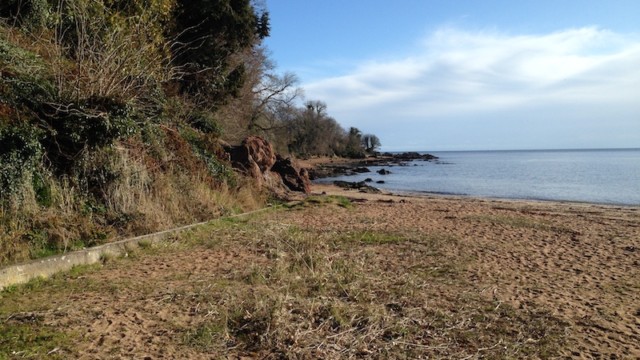
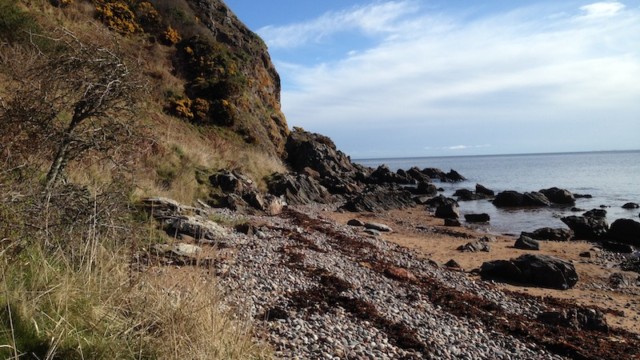
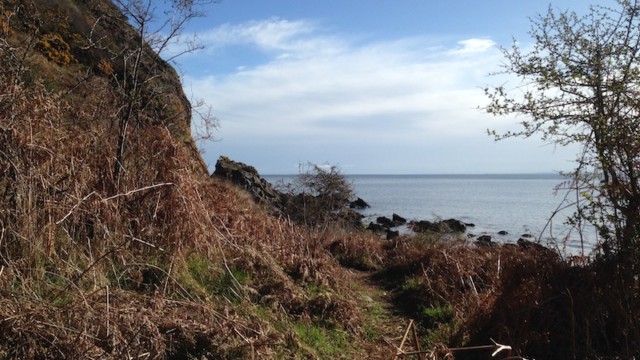
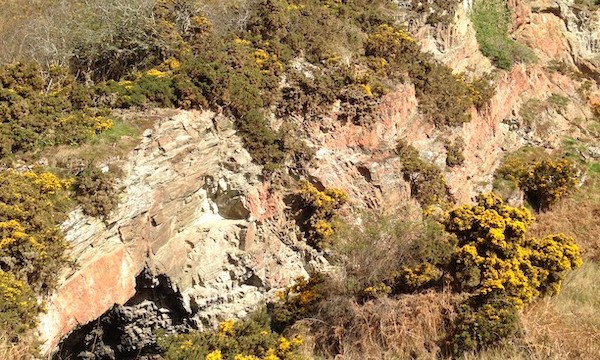
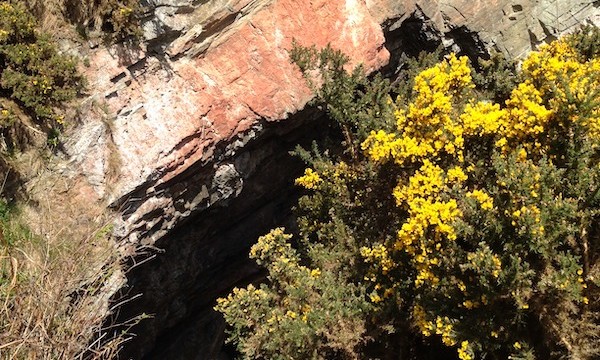
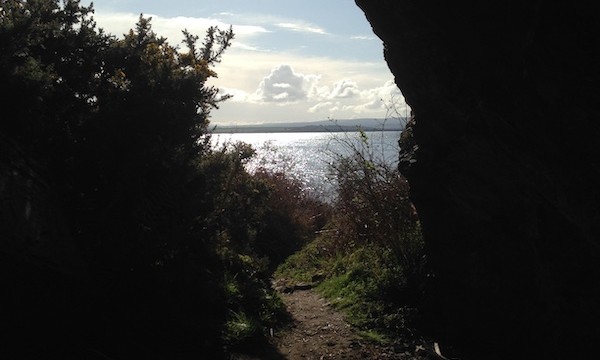
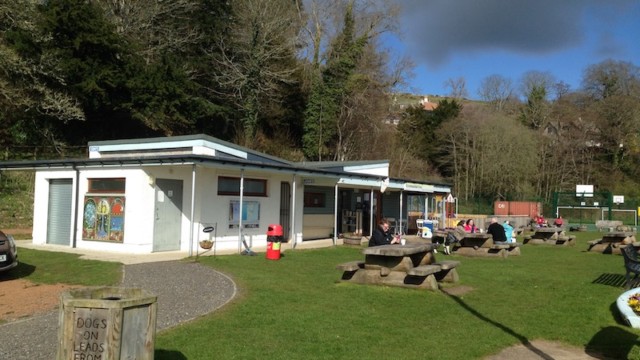
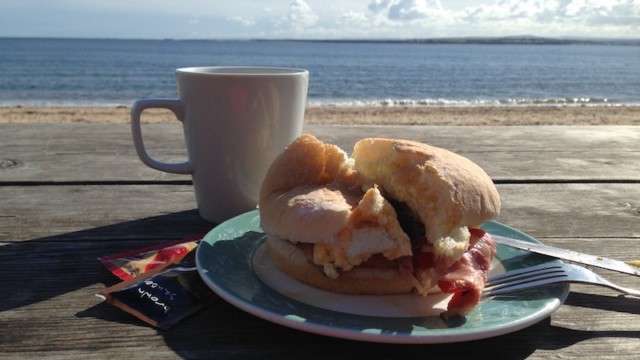
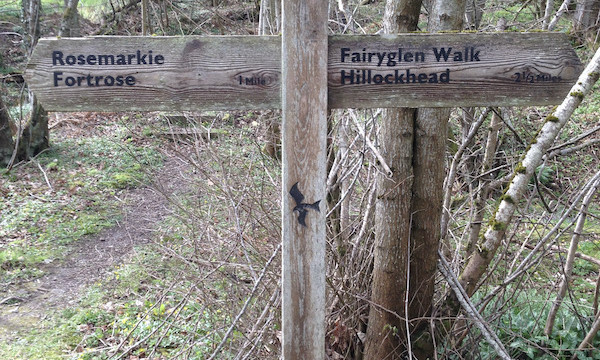
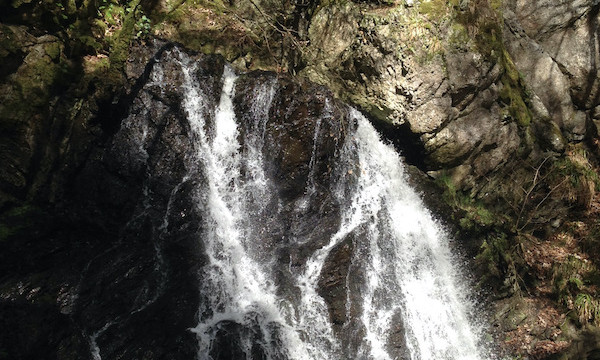
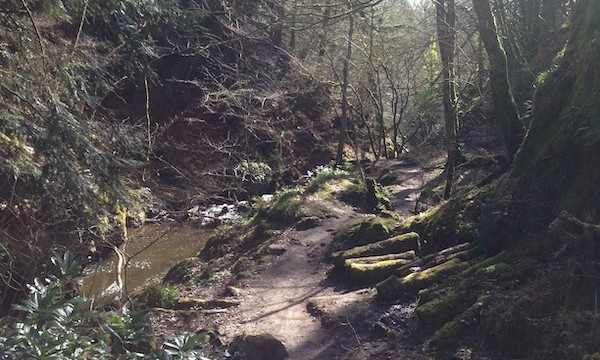
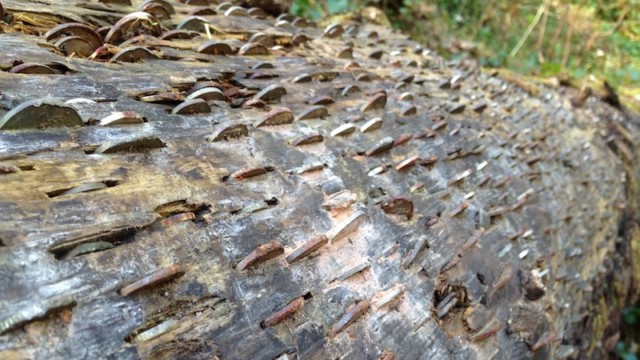
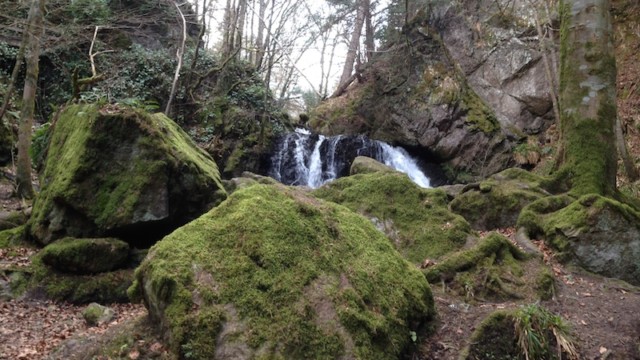
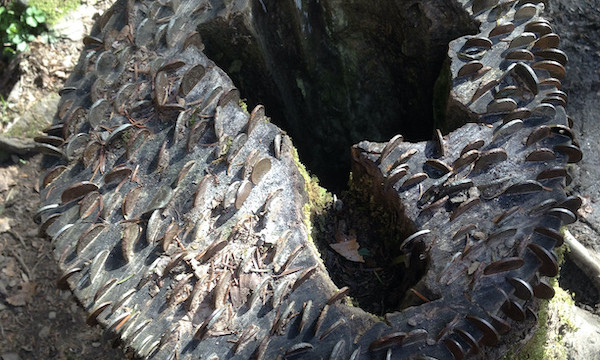
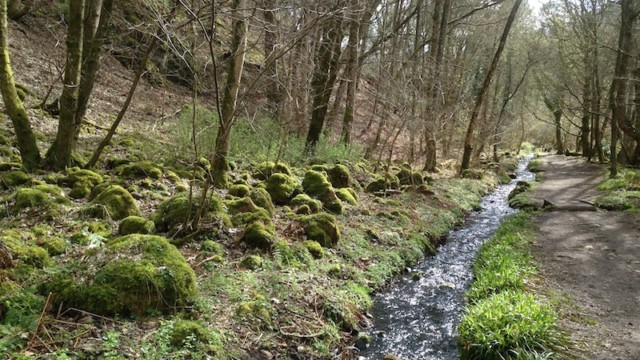
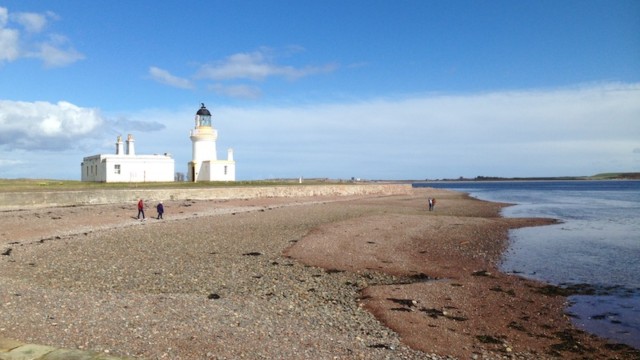
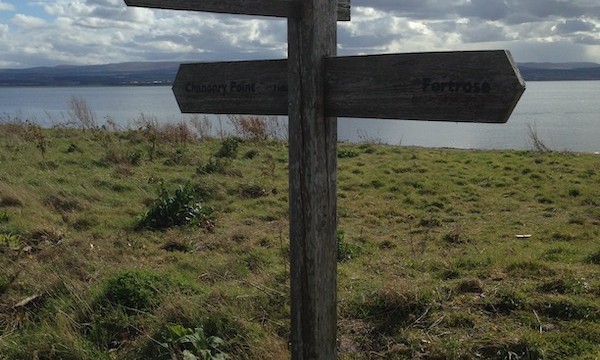
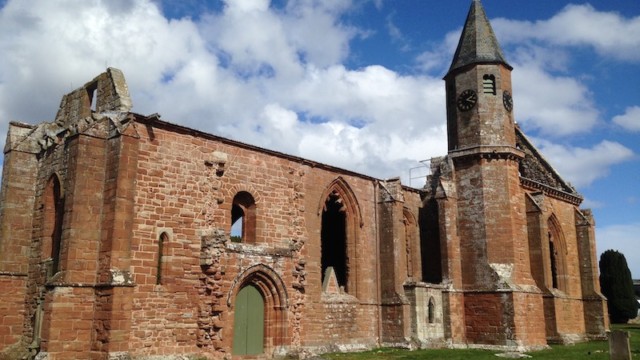

A bit heavy on the haggis and history front today, but I do hope you still enjoyed the stroll and will get to check it all out yourself in the future if I managed to spark your interest with the facts, views, or treats, I’m okay with any of them.
As announced, there’s one more discovery I made along the way which I did not take a picture of but I’m sure you will not miss when heading to Caird’s Cave as it will invite you to pause and take a moment to admire the magnificent ocean beside you. I do not remember his name but a local gentleman took advantage of such view on a daily basis wherefore locals erected and engraved a bench in memory of his favourite walk — a very wise man by the sounds of it who did not need a pandemic to acknowledge nature’s healing powers.
When I returned from the cave and passed by the bench again, there was an elderly lady sitting in the right corner of it letting the sunshine warm her face as she was listening to the ocean seemingly washing away all her sorrows while enjoying the view she might have shared with him so many times before.
On that note, I hope I managed to leave you with a warm and fuzzy feeling getting us through yet another wintery lockdown day, and maybe even offering some food for thought on our daily walks — one of many restricting elements put upon us or an opportunity to finally get our daily nature fix? The choice is yours, as always.
As for me, I think it’s time to head out and smell the roses as they say, hopefully sparking some ideas where to take you next. As usual, I’m open for requests or other input, just comment below or shoot me a message via my contact form.
I’m looking forward to hearing from you and hopefully I’ll see you again at our next walk?! 🧚♀️🎒🙋♀️
Mythical Bonus
While I went for the romantic ending today, there’s of course a mythical alternative if you prefer, so here a few other options the lady I saw might have been thinking about or even looking for while enjoying the ocean breeze.
Have you heard of Scotland’s Selkies yet? They are shapeshifting creatures of the sea with the ability to transform from seal to human and back by shedding their sealskins. Supposedly some of the most beautiful creatures you will ever see, their skin is a much sought-after treasure as it allows men to capture the creatures and force them to become their wives. It’s a rather sad destiny as the ocean is the true home of a selkie, one she can only return to when she finds her skin wherefore they can often be seen gazing longingly at the ocean. Maybe there lies the secret to the scene I was passing by that day…?

Another myth I should have mentioned earlier when letting you walk through the fairy infested woods is the one about the Kelpies. You might have guessed it, it’s another shapeshifting creature, less of a sad sight but another reason for caution. Kelpies are supernatural water horses haunting the Scottish lochs and rivers. They appear as lost ponies, often grey or white, tempting people to ride on their backs before taking them down to a watery grave. A bit easier to spot than the selkies since their constantly dripping mane usually gives them away. But still worth remembering next time you’re about to hop onto the back of a pony that randomly crossed your path, …as you do.
The last story I’d like to mention is one to consider for future travel, especially up North, as most of its isles, islets and skerries go back to the legendary Stoorworm causing havoc back in the day demolishing boats and dragging entire villages into the sea. Luckily, the tyranny of the gigantic sea monster came to an end when a local farmer’s boy decided to save his people by sailing into the heart of the beast. He set a fire which caused such pain that the monster spat him out allowing the lad to strike the Stoorworm’s head with brute force knocking out the monster’s tongue, eyes, and teeth, and putting it to sleep for thousands of years.
The tongue flew east. It landed between Scotland and Norway splitting them apart and creating the North Sea. One of the eyes flew in the opposite direction as it kept spinning around and around creating a whirlpool between Jura and Scarba nowadays known as the Corryvreckan whirlpool. The teeth crumbled and fell one by one into the ocean as the beast was collapsing forming Scotland’s Shetland and the Orkney Islands as well as the Hebrides. With a final tumble, the body went north and found it’s resting place near the top of the world. The Arctic Ocean froze around the creature preserving its body under snow and ice, offering a rather peaceful resting place, from where only now and then a bit of fire and smoke escapes into the sky when disturbed. So, next time you’re in Iceland, keep this little tale in mind, and watch your step as you go about your day.















OMG. I had such fun reading this story. I absolutely adore the mythical stories. Albeit super scary. The walk seems like a great place to get ones self lost for a few hours before return to the humdrum of modern day.
The Stoorworm story was a great way to end the blog post. It does make one think … with all the global warming happening, and the ice caps melting. Are we on the precipice of releasing Stoorworm from her slumber????
Scary times, ey?! Really glad you enjoyed the story, Sarah! It is a rather magical place, so I do hope you get to check it out offline sometime!! 🙂